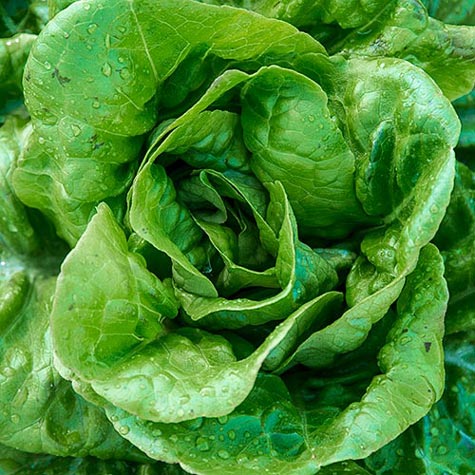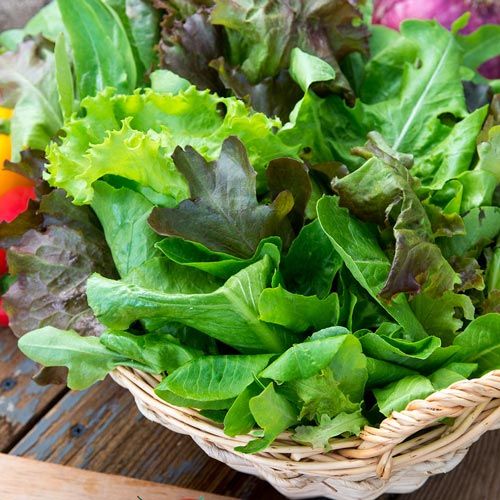An obsession with Boston heads of lettuce was sadly diminishing my weekly grocery budget. I first had a taste of the sweet cupped leaves while visiting a family friend in Northern Michigan, and once home I immediately searched for it in stores and ate it, weekly, going through at least three heads and making it my go-to sandwich wrap. One fateful week as my husband shopped with me, I sent him to grab a few heads of my favorite lettuce, which came in a 3 pack. He came back with a head of iceberg and romaine and when I asked where my Boston lettuce was, he shook his head and asked if I ever looked at the price tag- and I realized my obsession was either at an end, or I must find a different source. I bought a packet of seeds and decided to try a late season crop in an area that still sported a few tired cucumbers. I cleared the weeds, hand raked the soil, and did a quick few flicks of my wrist and watered the area. Not only was my lettuce easy to grow, but I had tons of it and was able to eat it every day and for a lot less than I was paying at the grocery store. I also learned a valuable lesson- lettuces, are very easy to grow, almost as easy as tomatoes, and requires very little work.
Ideally, most gardeners can get two lettuce crops per year, one in spring and one in fall due to the cooler temperatures. Head lettuce does not do well as the weather gets hotter, but leaf lettuce does. Head lettuce, such as iceberg and romaine, can be started indoors about 4 weeks before the last frost; at this same time, you can direct-seed leaf lettuce varieties outdoors, perhaps at 2-3 week intervals to stagger your harvest. Transplant your head lettuce outside once the danger of frost is past. As the weather gets warm, you can try planting lettuces that can tolerate heat, such as Black Seeded Simpson Lettuce. Once those are harvested, and gardeners pass the high heat of midsummer, head or romaine types can be planted again especially in shady areas for a fall harvest. Cold tolerant loose-leaf lettuces can be direct sown again, extending your harvest into the latest fall months.
 One issue lettuce growers face is bolting. As temperatures rise, lettuce plants begin to elongate and begin to form a bitter tasting sap. The plant then bolts- or grows very tall- and flowers. To prevent this from happening, pinch off the top center part of the plant just before bolting. If you lettuce does go to seed, pull up any plants that go to seed quickly and then save your seeds from the last plants to bolt.
One issue lettuce growers face is bolting. As temperatures rise, lettuce plants begin to elongate and begin to form a bitter tasting sap. The plant then bolts- or grows very tall- and flowers. To prevent this from happening, pinch off the top center part of the plant just before bolting. If you lettuce does go to seed, pull up any plants that go to seed quickly and then save your seeds from the last plants to bolt.
Harvesting your lettuce is best done in the morning to preserve the crispiness that develops in plants overnight. Lettuce is best eaten fresh, but can be stored in a refrigerator for up to two weeks.
A few noteworthy varieties to explore as you plan your spring lettuce plantings are Gurney’s Choice Lettuce Blend, featuring Romaine, Black Seeded Simpson, Red Sails, and Salad Bowl; Buttercrunch Lettuce; and Gurney’s Choice Green Ice Lettuce.
Interested in growing lettuce this year? Check out Gurney’s for all of your lettuce growing leaves- I mean needs.

